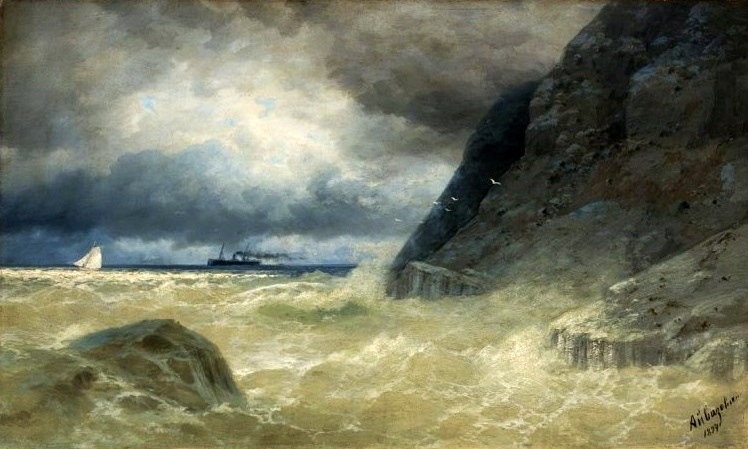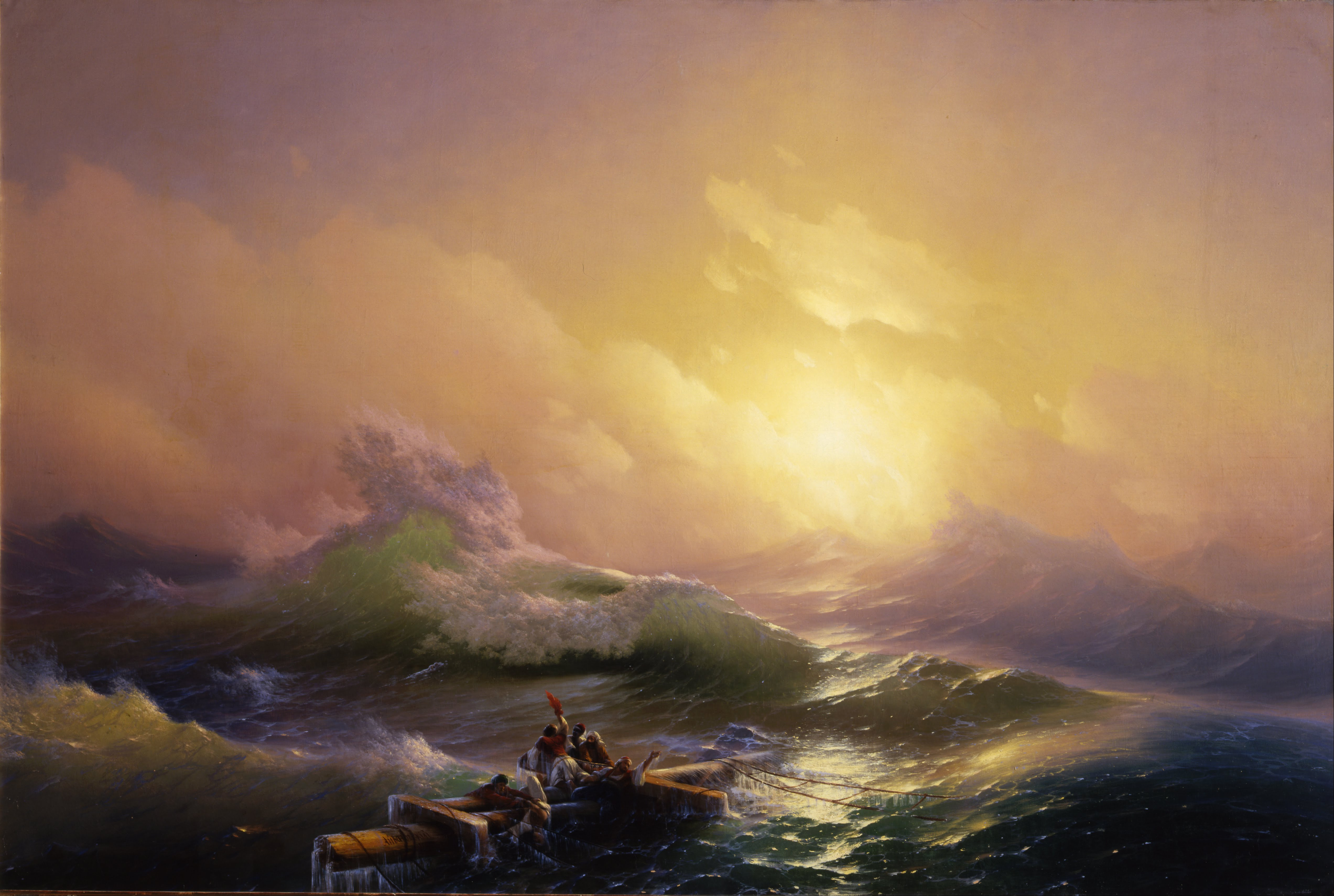Violent storms are used in literature as a metaphor to portend evil.
"The darker and stormier the weather outside the more diabolical the deeds done. When the clouds roll away, however, the rain has washed away all the blood in the streets and the world is clean and new again, as if all the violence and destruction of the storm served a divine purpose."Writer Cormac McCarthy probes inevitable and inescapable darkness.
― Benjamin R. Smith, Atlas
"By early evening all the sky to the north had darkened and the spare terrain they trod had turned a neuter gray as far as the eye could see. They grouped in the road at the top of a rise and looked back. The storm front towered above them and the wind was cool on their sweating faces. They slumped bleary-eyed in their saddles and looked at one another. Shrouded in the black thunderheads the distant lightning glowed mutely like welding seen through foundry smoke. As if repairs were under way at some flawed place in the iron dark of the world."Darkness looms in an approaching storm before breaking loose into sacred mayhem.
― Cormac McCarthy, All the Pretty Horses
Photographer Mitch Dobrowner chases apocalyptic storms that strike the rural landscapes of Kansas, Oklahoma, North Dakota and South Dakota.
 |
| Mammatus, Bolton, Kansas by Mitch Dobrowner |
In Dobrowner's photograph Mammatus, the unworldly and mammary-like mammatocumulus add to the foreboding of the anvil cloud on the horizon.
 |
Vortex, Long Hollow, South Dakota
|
Dobrowner's images evoke the immediacy and magnificence of atmospheric energy as it roils over the plains.
"Our job is to record, each in his own way, this world of light and shadow and time that will never come again exactly as it is today."
― Edward Abbey
REFERENCES
- All the Pretty Horses, Cormac McCarthy.
- Mammatus cloud, Wikipedia.
- Ominous Storms Photographed in Black and White by Mitch Dobrownerby, Christopher Jobson, Colossal, 19 September 2016.
- Upside-down clouds grow down and cascade across the Kansas sky, Emily Benson, 14 September 2016.












